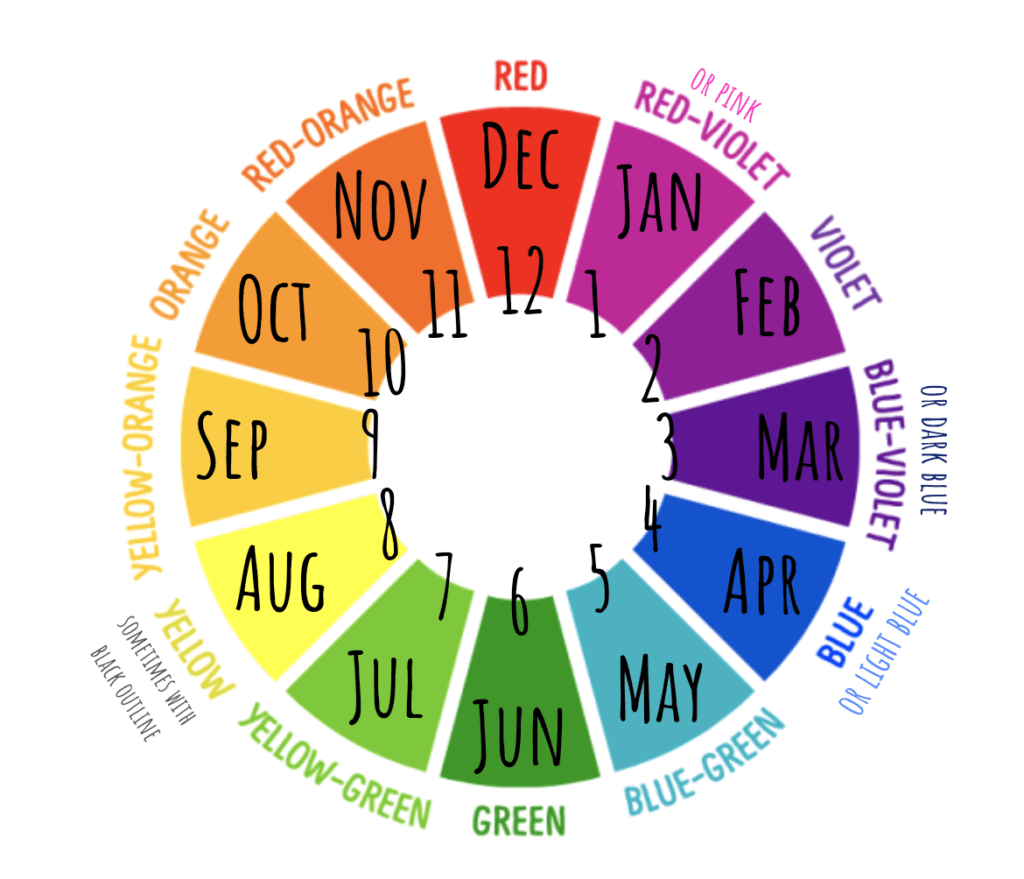Colours and months

Learning goals:
EFL 4.1.1 Compare and contrast oral traditions, myths, folktales and literature from Ecuador and international regions and cultures and identify similarities and differences and universal cultural themes.
EFL 4.1.2 Recognize and demonstrate an appreciation of some commonalities and distinctions across cultures and groups (differentiated by gender, ability, generations, etc.) including the students’ own.
EFL 4.1.5 Apply self-correcting and self-monitoring strategies in social and classroom interactions. (Example: asking questions, starting over, rephrasing, exploring alternative pronunciations or wording, etc.)
EFL 4.1.6 Seek and provide information and assistance, orally or in writing and in online or face-to-face interactions, for personal, social and academic purposes.
EFL 4.2.2 Use a series of phrases and sentences to describe aspects of personal background, immediate environment and matters of immediate need in simple terms using grammatical structures learnt in class (although there may be frequent errors with tenses,
personal pronouns, prepositions, etc.)
EFL 4.2.4 Deduce the meanings of unfamiliar phrases and words from a context containing familiar elements. (Example: colloquial greetings, exclamations, interjections, etc.)
EFL 4.2.5 Understand most changes in the topic of discussion if people
speak slowly
Resources:
https://www.canva.com/design/DAFtyozx1Ls/1LI8FPoNWusJD4ZhO32KQg/edit?utm_content=DAFtyozx1Ls&utm_campaign=designshare&utm_medium=link2&utm_source=sharebutton
Prepare 1 Student’s Book and Workbook second edition
Learning activities:
Learning by doing: Students will practice how to spell correctly months and colours and identify them in daily life activities
Adaptaciones curriculares:
-R.R. activities are answered in teams
